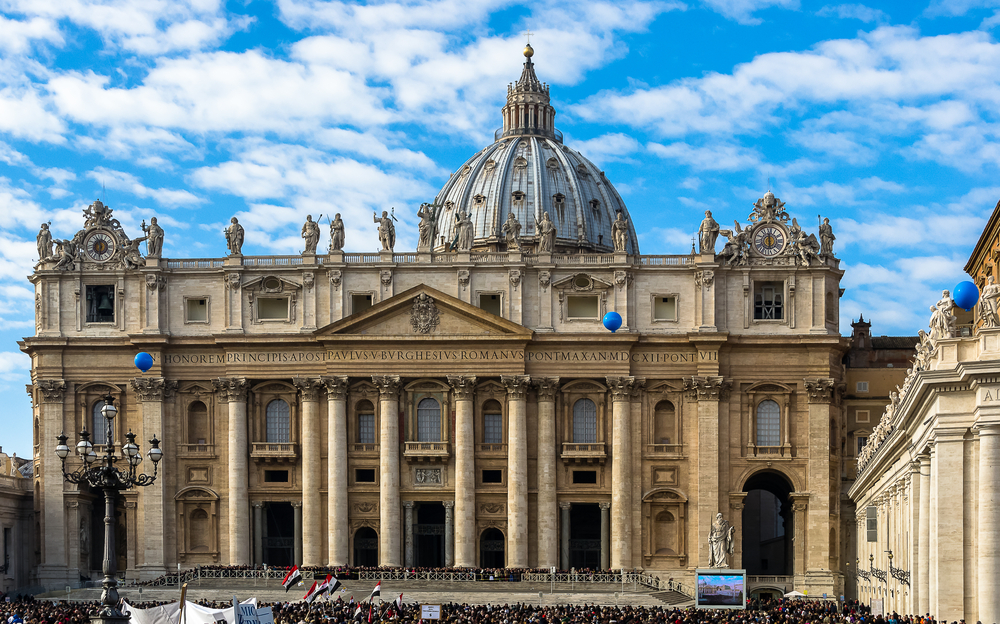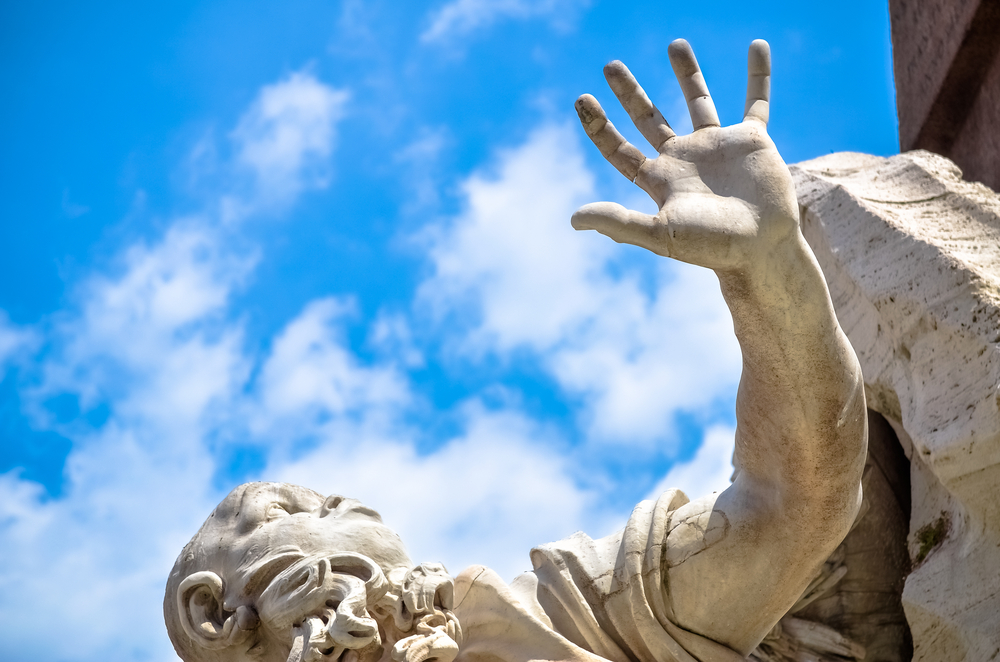Gian Lorenzo Bernini – Architect, sculptor, painter (Naples 1598 – Rome 1680), is the ultimate genius of the Baroque figurative art and of course part of our best of Rome series. Bernini started his career very young, following the style of his father Pietro and attracting upon himself the attention of the popes and cardinals. Bernini has left a great mark in Rome, the city of the religious power and art. You can admire many of Bernini’s works of art in the Eternal City. Here is a short guide to the best of Rome art by Bernini which you should not miss if you are traveling to Rome.

Galleria Borghese
Scipione Borghese committed Bernini four wonderful groups of statues now all preserved in the Galleria Borghese, painted between 1616 and 1624. The first, Aeneas and Anchises, reveals the still young artist’s touch, but already awesome; in David, the Rape of Proserpine, and especially in Apollo and Daphne, a masterpiece of his early period, we can see the accomplished artist in the movement and nuances of the composition, which reflects the classicism for its style and mythological themes.
Ascended the throne Innocent X, Bernini fell out of favor; in this bitter parenthesis of his life he carved Truth discovered by Time, which began in 1644, and Ecstasy of Saint Teresa
(1647, located in the church Santa Maria della Vittoria, Rome), where Bernini demonstrates its amazing skills in sculpting the face of the Saint and her dress.

St. Peter’s Basilica
The tomb of Urban VIII in St. Peter secures the Baroque tomb model, solemn and pompous but intensely pictorial in the plastic mass movement. The funerary monument commissioned by Pope Urban VIII to Gian Lorenzo Bernini in 1628. The work is an impressive composition on several levels; the artist used different kind of materials for this monument, such as marble, gilt bronze and wood.
Outside the Basilica you can admire a huge colonnade around the large oval square: in 1647 Bernini was committed the pillars, a hard work since it had to be combined well with the already existing Basilica.

Piazza Navona
Pope Innocent X commissioned him the famous Fountain of the Four Rivers in Piazza Navona, accomplished in 1651. It is probably the highest point reached by the Baroque: to notice the dramatic nature of the sculptures and movement expressed in every detail.
A fun fact about the Fountain is that there is a hide message behind one of the four major sculpture: it has one arm raised as if it was protecting itself from something, probably the view of the church of Sant’Agnese (in front of the fountain) designed by Borromini, one of the most famous competitor of Bernini.
Gian Lorenzo Bernini summarizes the classical ideal of the Roman Baroque: even though Bernini was an excellent architect and painter, he separated for excellence by his contemporaries for his deft ability to sculpt marble, becoming a great example for the later artistic movements, revealing a resounding success even with the futuristic ones.

